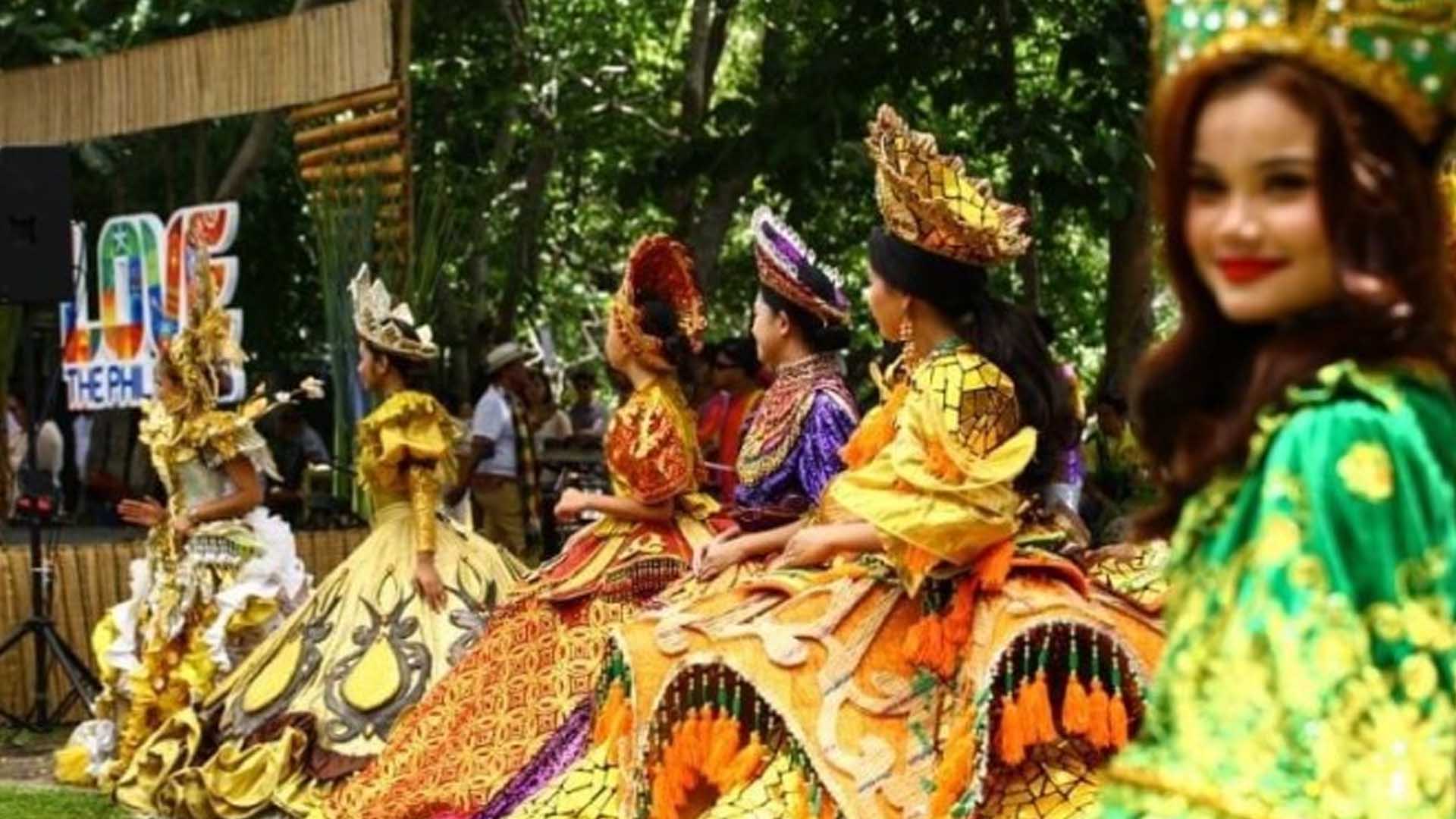The United Nations (UN) Tourism lauded the country’s powerful slogan “Love the Philippines” that attracts travelers to learn more about Filipino culture and destinations.
“The good thing that I observed here is that, you know we associate with the Philippines ‘It’s More Fun in the Philippines.’ I love that catchphrase. But now, I see the ‘Love the Philippines’ is very significant,” UN Tourism Regional Director for Asia and the Pacific Harry Hwang said in an interview on the sidelines of the 36th Joint Commission Meeting of the Commission for East Asia and the Pacific and the Commission for South Asia (CAP-CSA) here on Friday.
Hwang agreed that the Philippines cannot focus only on the fun aspects of its destinations, given the country’s cultural and historical wealth, and most importantly, its people.
He said Filipinos “know how to welcome the people” and conveyed how he felt after visiting this province.
“It’s very right, the slogan, and only the Philippines can do that because when you say love Korea, love Japan, it doesn’t come up with the association,” he said.
“And now, (with) the Love the Philippines, people understand why you’re saying that. So, I think it’s a very powerful tourism tagline,” he added.
The Department of Tourism (DOT) introduced its slogan “Love the Philippines” last year to emphasize that the country has a lot more to offer beyond fun such as its natural assets, history and rich culture.
Along with the new campaign, the DOT sought to increase travel activities in other regions by helping them develop lesser-known tourism destinations.
Touring Cebu
Hwang, together with the more than 500 foreign and local delegates who attended the back-to-back UN events here this week, joined a technical tour organized by the DOT.
The tour showcased the breathtaking beaches of Camotes Islands; the rich culinary and heritage sites in the towns of Dalaguete and Argao; and the ecotourism spots at Aloguinsan.
Tourism Secretary Christina Frasco said the destinations are a reflection of the island’s efforts to sustain its rich culture and sustainable tourism measures, offering insights on how other regions and even other countries’ can replicate these best practices.
One of the destinations, Aloguinsan, stands as the sole Philippine recipient of the prestigious 2021 UN Tourism World’s Best Tourism Village award, acknowledging its community-based ecotourism efforts focused on the Bojo River in Barangay Bojo.
In Argao and Dalaguete, meanwhile, the DOT drew attention to the well-preserved Spanish-era churches and local cuisine that gives identity to Cebu province.
In an interview, UN Tourism for Asia and the Pacific senior officer Sinyoung An said it is also the Filipino people that made a lasting mark on him during his second visit to Cebu.
“What’s interesting to me here is the Filipino people. The big smiles and your mabuhay (long live) and salamat (thank you) gestures are impressive. I think the best asset for Philippine tourism is its people,” he said, after the Cabecera Tour in Argao on Thursday.
“Regardless of how beautiful nature is or how great historical heritage is, after all, it’s the people that move people’s hearts,” he added. (PNA)








